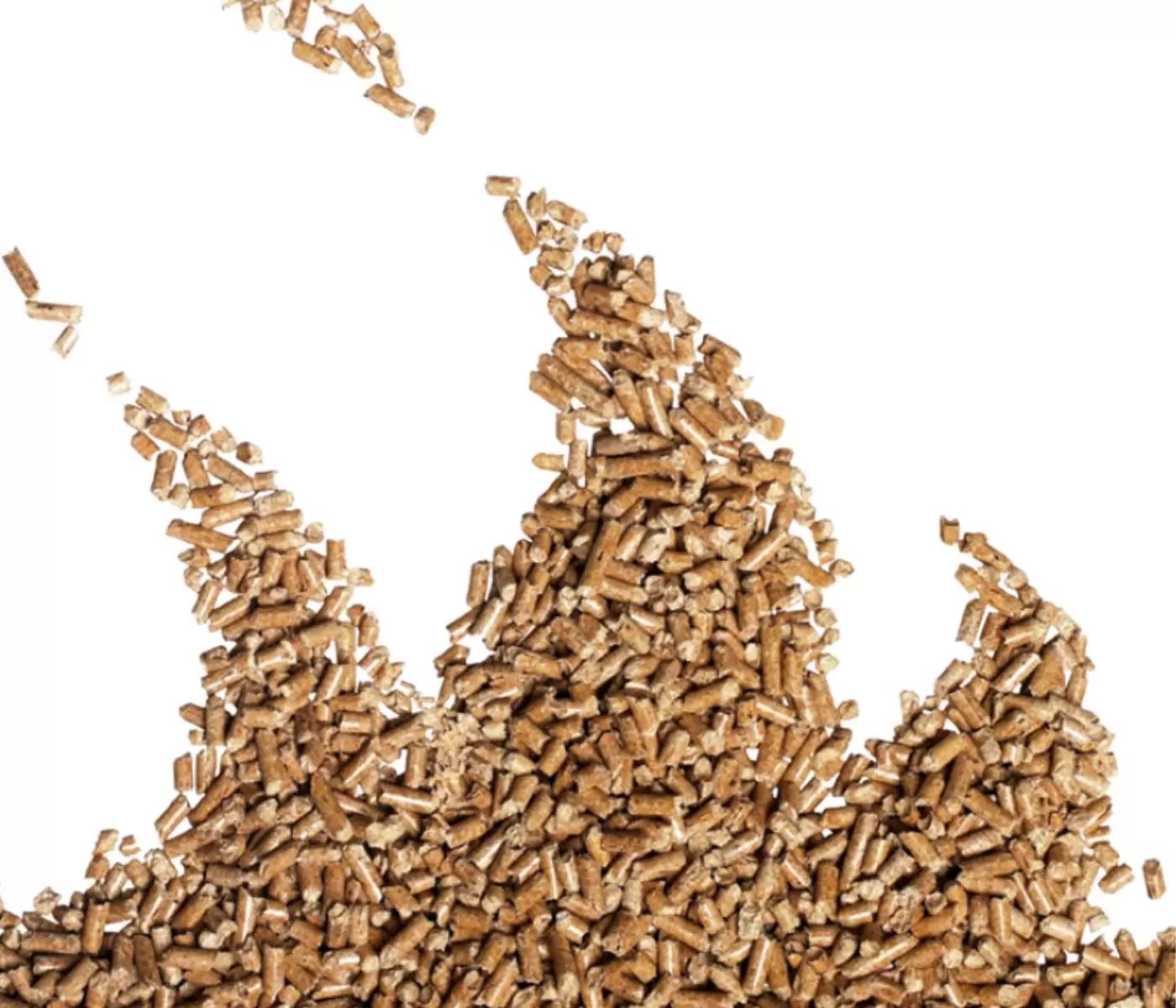 27 Nov 2023
27 Nov 2023
Thermal Treatments: Microbiology and Physical Quality of Feed
The cost of feed plays a significant role in animal production, as it represents around 70% of the cost of live animals or derived products.
Therefore, maximizing feed utilization, improving the productive efficiency index through enhanced feed conversion, and reducing the negative impact of microorganisms are essential for economic and environmental viability. One way to enhance this efficiency is through thermal treatment of the feed.
|
|
Main variables addressed in thermal treatments:
These variables can be worked on with different correlated intensities and will depend mainly on:
Main thermal treatments used in feed manufacturing:
![]() Thermo-conditioning: Thermal treatment without a change in physical format. It involves heating the feed, generally via indirect heat, with the basic aim of sanitizing the feed, i.e., reducing or eliminating microorganisms. This is used more for breeding birds and commercial laying hens with the goal of maintaining particle size advantages.
Thermo-conditioning: Thermal treatment without a change in physical format. It involves heating the feed, generally via indirect heat, with the basic aim of sanitizing the feed, i.e., reducing or eliminating microorganisms. This is used more for breeding birds and commercial laying hens with the goal of maintaining particle size advantages.
![]() Pelleting: This is the most widely used process in the balanced feed industry, especially for economically significant animals (pigs, poultry, cattle, etc.). In this process, meal feed is transformed into pellets. It is the most well-known process with fewer doubts about economic and operational viability.
Pelleting: This is the most widely used process in the balanced feed industry, especially for economically significant animals (pigs, poultry, cattle, etc.). In this process, meal feed is transformed into pellets. It is the most well-known process with fewer doubts about economic and operational viability.
![]() Expansion:This process uses pressure as a variable with greater intensity and is usually employed as an intensification process in pelleting lines. It is also used to thermally treat (expand) individual or combined products…
Expansion:This process uses pressure as a variable with greater intensity and is usually employed as an intensification process in pelleting lines. It is also used to thermally treat (expand) individual or combined products…
This content will be continued on a subsequent entry
You may also like to read: “Thermal treatment of raw materials used in ruminant diets”
Subscribe now to the technical magazine of animal nutrition
AUTHORS

Nutritional Interventions to Improve Fertility in Male Broiler Breeders
Edgar Oviedo
The Use of Organic Acids in Poultry: A Natural Path to Health and Productivity
M. Naeem
Synergistic Benefits of Prebiotics and Probiotics in Poultry, Swine, and Cattle
Gustavo Adolfo Quintana-Ospina
Hybrid Rye Potential in Laying Hen Feed Rations
Gwendolyn Jones
A day in the life of phosphorus in pigs: Part I
Rafael Duran Giménez-Rico
Use of enzymes in diets for ruminants
Braulio de la Calle Campos
Minerals and Hoof Health in the Pregnant Sow
Juan Gabriel Espino
Impact of Oxidized Fats on Swine Reproduction and Offspring
Maria Alejandra Perez Alvarado